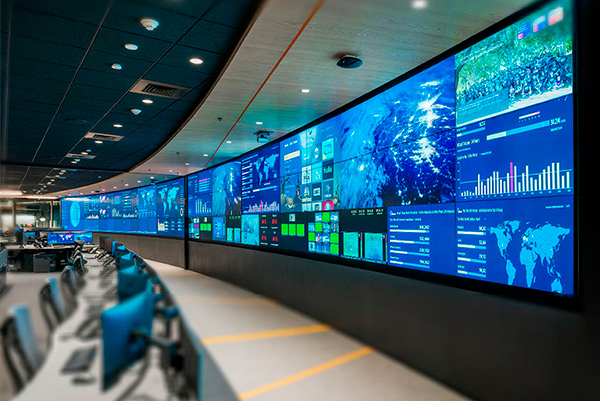Examining the Diverse Integration Options Offered for Light Emitting Diode Wall Modules
Examining the Diverse Integration Options Offered for Light Emitting Diode Wall Modules
Blog Article
LED wall units have secured popularity for their ability to deliver high-quality imagery in multiple settings, from corporate environments to entertainment venues. One of the most significant aspects of these panels is their connectivity capabilities, which allow users to connect them to multiple devices and systems. Comprehending the diverse connectivity options available for LED wall panels is vital for enhancing their use and effectiveness. This discussion details these options, highlighting how they can adapt to specific needs and preferences.
One common interface method for Light Emitting Diode wall panels is HDMI. High-Definition Multimedia Interface is broadly recognized for delivering crisp video and audio signals between components. This connection type is particularly beneficial in commercial settings, such as meeting spaces or training rooms, where presentations or video content are often shared. By using digital connectors, operators can easily connect laptops, projectors, and streaming devices to Light Emitting Diode wall panels, guaranteeing a clear and dynamic presentation of information.
Another commonly used connectivity option is Display Port, which is comparable to HDMI but offers enhanced benefits. DisplayPort can support higher refresh rates and display outputs, making it an ideal choice for gaming or graphic-intensive applications. For those deploying Light Emitting Diode wall panels in environments where output quality is essential, such as esports arenas or design studios, Display Port can provide the required visual quality. Moreover, many contemporary computers and graphics cards include DisplayPort connections, making it a convenient solution for technology-oriented users.
In addition to High-Definition Multimedia Interface and Display Port, wireless connectivity methods are becoming progressively common in LED wall panel technology. Cable-free interfaces allow operators to transmit content without the need for physical cables, enabling a streamlined and more adaptable setup. Technologies look these up such as wireless internet and short-range communication enable users to connect smartphones, tablets, and laptops directly to LED wall panels without tangled wires. This versatility is especially beneficial in fast-paced environments like trade shows or events, where rapid adjustments to displays are often required.
For larger installations or more complex setups, LAN integration through wired networking is another reliable solution. Wired connections provide a stable and reliable way to connect multiple Light Emitting Diode wall panels within a system. This approach is suitable for digital signage applications found in shopping malls or airports, where multiple panels may need to present coordinated content across a wide area. By using network cabling and routing hardware, operators can guarantee that all connected panels receive consistent updates and information efficiently.
Finally, it's crucial to evaluate the evolution of connectivity with technologies such as USB-C and Thunderbolt 3. These newer interfaces offer enhanced data transfer rates and flexibility by allowing one connector to handle both power delivery and data transmission. As more devices adopt these standards, LED wall panels equipped with USB-C ports will likely become more common. This shift in connectivity not only enhances the functionality of LED wall panels but also aligns with the growing trend of minimalism in hardware arrangements by minimizing the number of wires required.
In summary, examining the broad interface methods accessible for Light Emitting Diode wall panels uncovers many opportunities for operators across multiple industries. From conventional check out here approaches like HDMI and Display Port to contemporary cordless technologies and LAN setups, each pathway serves specific functions suited to distinct needs. Furthermore, next-gen technologies like Universal Serial Bus-C offer further developments in how professionals utilize Luminescent Diode wall panels. By grasping these connectivity choices, individuals can make informed decisions that enhance their overall experience with these versatile display tools.